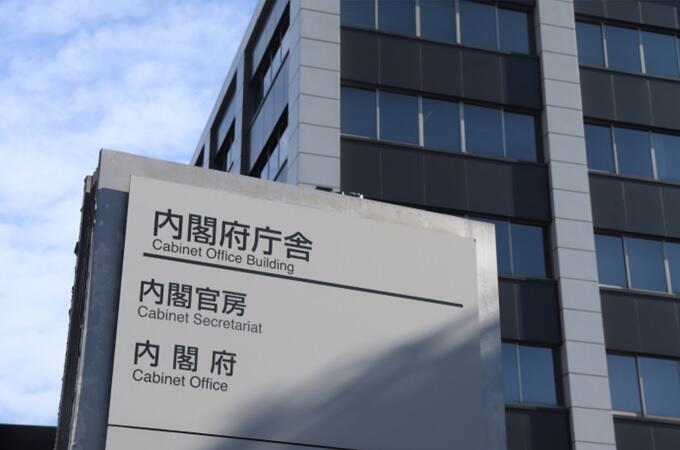Universities and national research institutions produce intellectual property that can lead to innovation. How should this IP be handled when researchers change jobs for career advancement, or they retire? Many universities lack established rules, and even when rules exist, they vary considerably between institutions. In this context, the Cabinet Office's Intellectual Property Strategy Promotion Secretariat has published guidelines for handling intellectual property in these situations, with the aim of promoting the social implementation of research outcomes. The guidelines will initially be implemented at several universities, with potential revisions after six months to a year if necessary. The Secretariat hopes that "the establishment of such rules will promote free transfer of researchers between universities provided with strong support and favorable research environments."

The background for these guidelines includes patent-related issues after retirement. Project Leader Masayo Takahashi at RIKEN (at the time) was working on the social implementation of regenerative medicine using iPS cells to treat retinitis pigmentosa. Although RIKEN and bioventure company Helios were jointly advancing this work, the project stalled due to changes in company policy. When Takahashi established her own venture to continue research and development, RIKEN retained the patent and did not license it. This led her to file a petition with the Patent Office requesting a ruling to grant a non-exclusive license. Although the matter was eventually settled, several years passed in the process, delaying social implementation.
A meeting was convened to examine this issue based on the recognition that such problems could have been avoided if clear rules existed at each institution. In view of opinions from universities and researchers, these guidelines were developed. Among Japan's 23 leading research universities (including the RU11 consortium), only 8 had established regulations for researchers changing positions or retiring. There have been cases where researchers couldn't obtain necessary IP rights because previous universities abandoned the rights, or where differences in understanding between national and private universities led to disputes.
The guidelines categorize the handling of IP during job transfers/retirement into five types: rights assignment, rights maintenance, partial rights assignment, rights abandonment, and rights return to another patentee. Universities should determine the appropriate handling based on individual circumstances rather than applying uniform rules, considering both their mission to implement research outcomes in society and researchers' academic and career freedom.
For each issue, the guidelines present a table showing the benefits and drawbacks for both the former and new universities. For example, if the former university maintains rights and grants licenses to university startups or companies as needed: The former university can manage its IP and potentially earn future licensing fees, but may lose its understanding with the researcher, potentially hindering social implementation. The new university has no patent fee burden but cannot manage the IP. For both universities, if new IP is created after the transfer, IP becomes distributed between the two universities, complicating management and social implementation procedures.
When determining the approach, considerations should include the following: IP license and use status, rights status, legal and contractual constraints and obligations, IP risk, handling of data/know-how/copyright, intentions of IP creators and stakeholders, costs of rights acquisition and maintenance, compensation for rights assignment or licensing, and compensation for IP creators.
Based on U.S. examples, the guidelines organize these considerations into a checklist. By having both the former and new universities check these items, problems can be reduced. The guidelines also provide a flow chart for the IP handling process. When researchers decide to change jobs, they promptly notify their university. The former university creates an IP list and shares it with the new university. Both universities determine whether to use the checklist. Specifically, the universities examine relevant factors like commercialization status and international assignments using the checklist. When not using the check list, the universities make a decision based on their own resources and costs. Each university then decides on the handling of each IP asset, followed by joint discussion and final determination. The guidelines include best practices and failure cases, providing valuable reference material for universities.
With increasing globalization, more researchers are moving between Japanese and overseas universities, requiring consideration of different legal systems and practices. In the U.S., university approaches to employee inventions vary widely; Stanford University generally requires university ownership, while MIT only claims ownership when university funds and facilities are significantly used. Such differences must be confirmed when accepting researchers from U.S. universities. China legally stipulates that universities have disposal rights for inventions' licensing and use. Additionally, assigning IP to overseas universities may face constraints due to economic security considerations. To promote innovation and respond to globalization, strengthening university administrative organizations is urgently needed.
This article has been translated by JST with permission from The Science News Ltd. (https://sci-news.co.jp/). Unauthorized reproduction of the article and photographs is prohibited.




